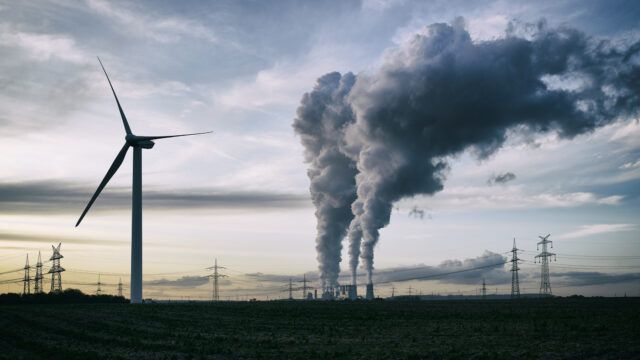Despite the numerous risks in today’s investment environment, investors shouldn’t under-estimate the substantial opportunities for energy transition – or for energy transition technologies – to help solve many of the world’s issues.
“The renewed interest in energy security further supports the need for the build-out of local, abundant, cheap, clean energy supplies around the world,” said Mark Lacey, head of global resource equities at Schroders.
This is likely to be a long-term trend. Over the next 30 years, for example, Schroders expects over $100trn in spending on achieving the transition to a more sustainable energy system – and even more allocated to making the economy more sustainable.
“This spending will create the potential for a significant and structural 30-year increase in earnings growth for companies across the energy transition sector,” Lacey added.
Unaffected by uncertainty
Notable about this structural growth story is that it remains attractive during an economic slowdown.
Even if a persistent inflationary regime were to emerge, Schroders believes the size and sustainability of potential earnings growth over time may outweigh any valuation de-rating when considering wealth preservation over the long run.
Cheap, clean, abundant renewable energy could also be a very powerful solution to reducing energy dependence on Russia, creating an opportunity to remove one of Russia’s more powerful diplomatic threats.
“By accelerating the uptake of renewables, and particularly wind and solar which are produced using resources that are available in every country, there is a real tool to drive higher energy equality and perhaps help to reduce inflationary pressures too,” explained Alexander Monk, portfolio manager, global resource equities at Schroders.
Time to invest
Realisation among an ever-wider group of investors about this opportunity has fuelled a recent surge in valuations in the space.
In the short-term, Schroders sees a material risk of de-rating across most parts of the energy transition space. “Equities across the wider market, including some in the energy transition space, remain richly valued on most measures compared to their historic range, and with central banks tightening, the era of cheap money may be coming to an end,” said Monk.
Specific headwinds for energy transition stocks relating to the shifting macro-economic regime include: persistent supply chain pressures; the threat of rising interest rates; and the risks from a slowdown in economic growth.
While this poses some risks to the earnings and valuations of energy transition stocks, the long-term story is a resilient one. In addition, valuations have re-set back to mid-2020 levels.
Further, most companies in this space are in structurally growing markets and are supported by the positive impact of decarbonisation – and now energy security goals.
As a result, for investors willing to accept potential near-term pain and use weakness as an opportunity to further build exposure, the longer-term returns projection look appealing. “Energy transition shares aren’t cheap yet, but they are certainly much more fairly priced than they were at the start of 2021,” added Lacey.

















